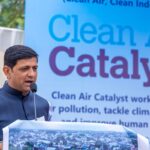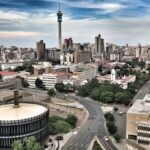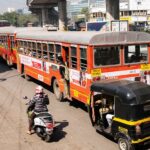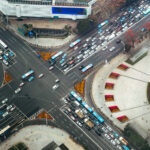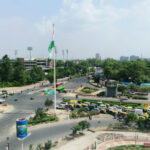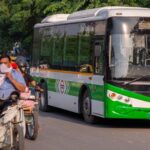Search Results
Indore is known as India’s cleanest city, having secured the title seven years in a row in Swachh Bharat National Cleanliness Surveys, and it is now determined to clean its air too. On February 15, the “Clean Air, Clean Indore” ...

South Africa’s cities are economic engines, drawing workers across the country and the continent. Of the country’s 58.8 million population, 68% live in urban areas. Between 2000 and 2014, urban area in South Africa expanded by 1,464 km2. Population projections ...

A key objective of the Clean Air Catalyst is to exchange knowledge, build trust and foster opportunities to elevate the voices of those most impacted by air pollution, particularly women and low-income communities. Funded by the U.S. Agency for International ...

For decades, urban transportation policy and practitioners have favored a model of analysis that prioritizes increasing the speed of vehicles and the time saved for people as a result. While this may make sense on an intuitive level, it is ...

The momentum towards low-carbon and sustainable transport is growing globally, but the sector still lags behind many others and each country faces a unique path to travel. Political landscapes, regulations, industry interests, market set-ups, financial resources and social considerations all ...

China’s transport CO2 emissions accounted for 11% of the world’s transport greenhouse gas (GHG) emissions, following only the United States (21%), according to data from Climate Watch. And these numbers have been growing rapidly: The average annual growth rate of China’s transport ...

About two-thirds of the world’s population will live in cities by 2050. While cities are hubs of innovation and opportunity, the increasing pace of urbanization also exacerbates inequality, stresses infrastructure, and fuels climate change, air pollution and other environmental problems. The ...

After two years of unprecedented disruption to transport globally and two years of virtual conferences, Transforming Transportation returned to Washington, DC, March 14-15. More than 900 policymakers, experts and leaders in transport gathered at the World Bank Headquarters to explore ...

Transportation connects us to one another. It’s how we get to school and work, how we visit our families, and how we access our food and health care. It’s also how we ship goods and deliver services. As economies and ...

Transportation is a crucial enabler of economic development, providing people access to markets, employment, education, and health services. In addition to these development benefits, improving transport systems by making them cleaner, safer, more inclusive and more resilient accelerates climate action ...

From a road safety standpoint, intersections are one of the most critical parts of a city’s streetscape and transportation network. In most cities, they account for the highest number of interactions between vehicles and pedestrians. To increase safety at one ...

We now have less than seven years to cut emissions in half in order to keep global warming below 1.5 degrees C, the limit scientists say is necessary for averting some of the most dangerous climate impacts. 2022 saw flooding, drought and severe ...

Mayors from Latin America, Africa and Asia will be welcoming more than 90% of the new urban inhabitants in the next decade. Governing these ballooning cities is a continuing challenge, not just in terms of urban design and revitalization, but ...

Since COP27 wound down late last year (November 6-18), much of the post event commentary has centered on the fact that as observed by The Conversation, the gathering “failed to go beyond the 2021 Glasgow climate pact’s promise to phase down ...

More than 20 million students in the United States ride school buses every year. This equals approximately 7 billion trips per year, making school buses one of the most widely used forms of public transport in the United States. But those trips aren’t always ...

Page 9 of 228« First...8910...2030...Last »






